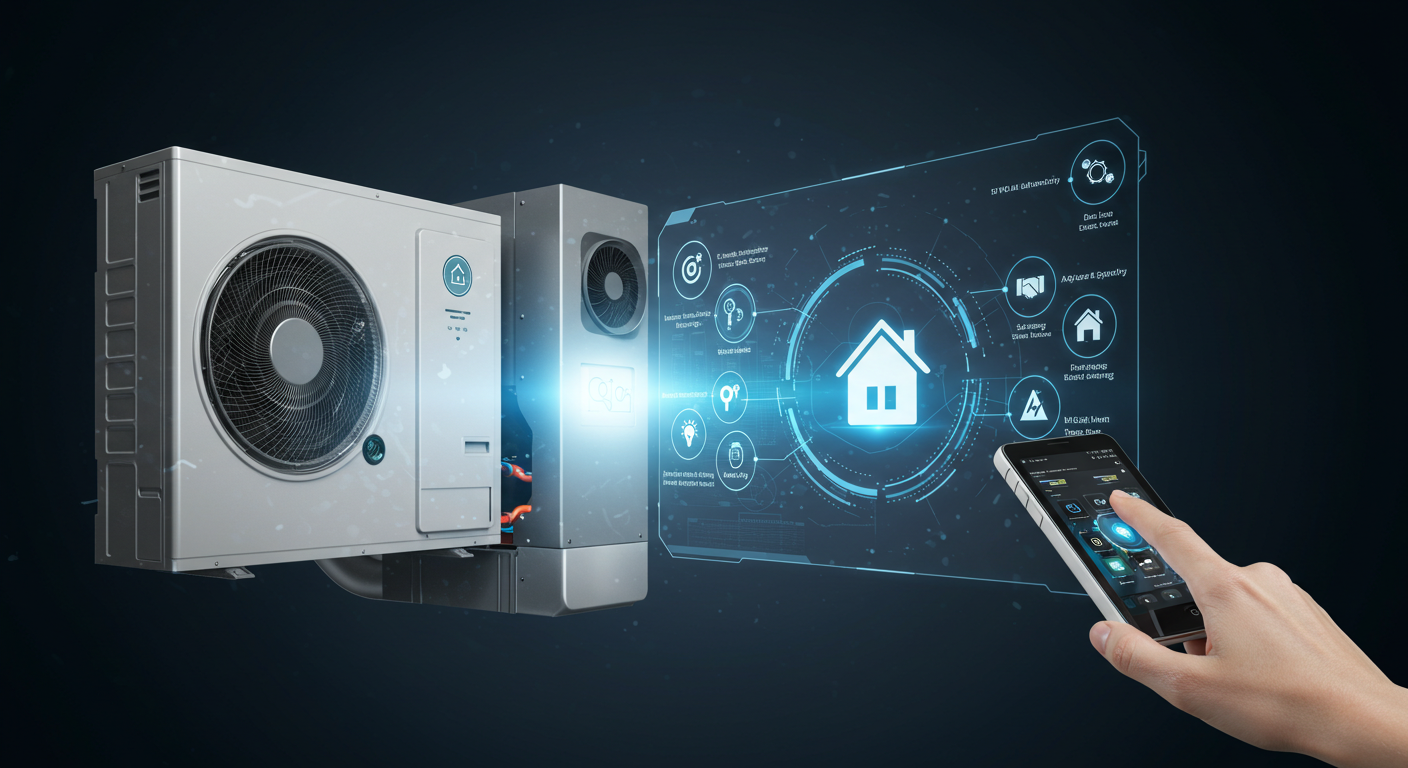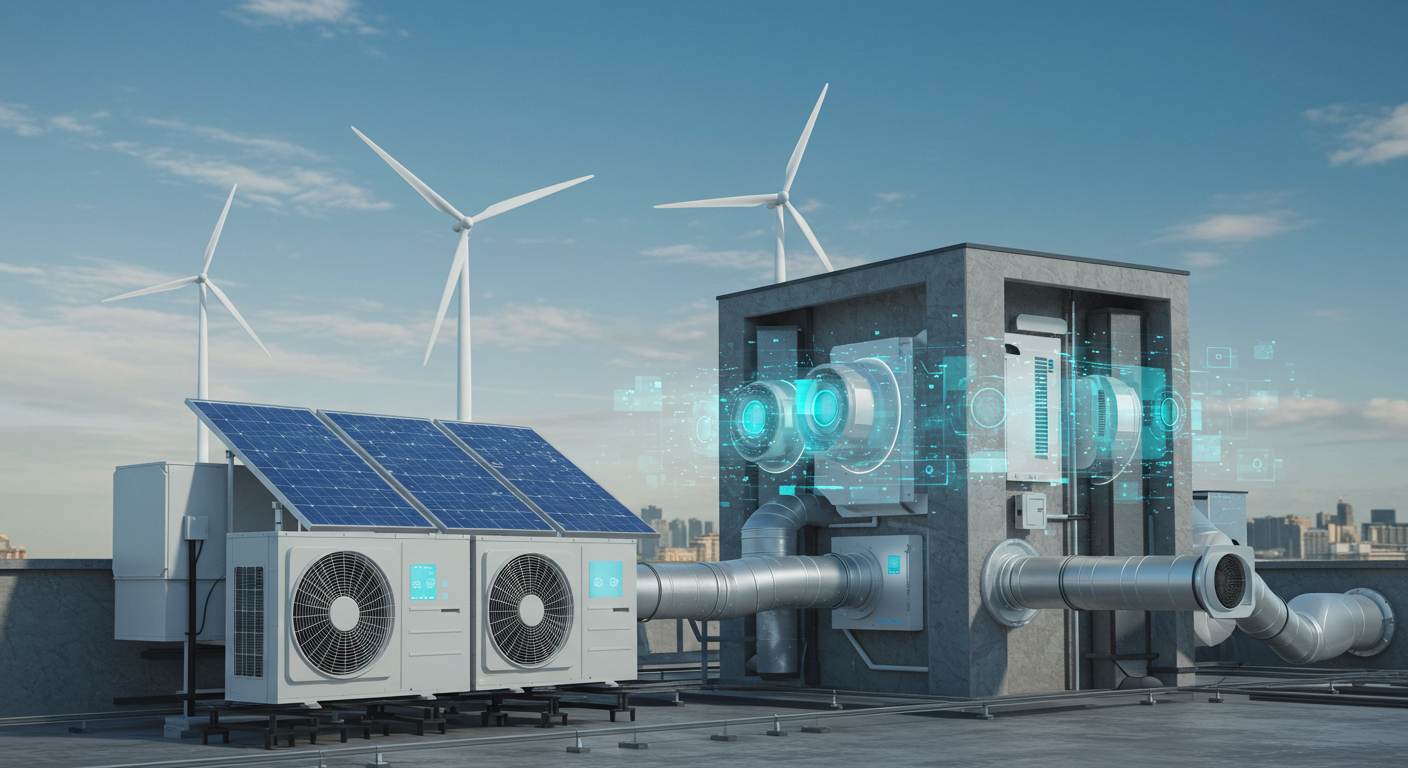Revolutionizing HVAC Technician Training: Modern Methods for a New Era
Are you an HVAC technician eager to stay ahead of the curve? With the HVAC industry evolving rapidly, innovative training methods are becoming essential. In 2025, about 75% of HVAC companies are investing in upskilling programs, focusing on areas like smart systems integration and handling low-GWP refrigerants. This blog post explores the latest trends in HVAC training that can elevate your skills and career prospects.
Hands-On HVAC Training: The Core of Skill Development
Hands-on experience remains the cornerstone of HVAC technician training. Comprehensive programs typically last 8 to 12 months, covering vital topics such as advanced diagnostics, alternative refrigerants, and green technology. These programs emphasize real-world applications, ensuring that you can apply what you learn directly to your work.
Advanced HVAC Training Techniques: Embracing Technology
As the industry shifts towards energy-efficient systems, expertise in eco-friendly solutions is crucial. Training now includes specialized modules in regulatory compliance and low-GWP refrigerants, projected to make up 60% of new installations by 2025. Moreover, advanced training techniques leverage smart diagnostic tools, such as those found in Daikin’s inverter-based units, to teach variable speed technology and IoT-enabled system maintenance.
Virtual HVAC Training: Learning from Anywhere
The rise of virtual training platforms has made it easier for technicians to learn from anywhere. Online courses offer flexibility and accessibility, covering topics like digital and remote diagnostics, AI-based troubleshooting, and enhancing customer experience skills. These platforms are designed to meet modern client expectations for service speed and communication.
- Certification programs include EPA Section 608, NATE Core, and OSHA 10-Hour Construction.
- Energy-efficient system expertise is emphasized in training modules.
- Hands-on training with industry-leading products enhances technical skills.
Modern HVAC Education: A Pathway to Growth
With the median annual wage for HVAC technicians reaching $57,300 in 2023, completing accelerated training programs in as little as 9–10 months can significantly boost your earning potential. The industry is also seeing a 6% employment growth from 2022 to 2032, making now the perfect time to enhance your skills and advance your career.
Efforts to improve diversity within the technician demographics are ongoing, with initiatives aimed at attracting more women and minorities to the field.
FAQs on HVAC Technician Training
What are the benefits of hands-on HVAC training?
Hands-on HVAC training provides real-world experience, allowing you to apply skills directly on the job, which is essential for mastering complex systems and technologies.
How long do HVAC training programs typically last?
Most comprehensive HVAC training programs last between 8 to 12 months, offering a thorough education in various essential topics.
What certifications are necessary for HVAC technicians?
Common certifications include EPA Section 608, NATE Core, and OSHA 10-Hour Construction, which are considered minimum standards for technical competency.
How does virtual training benefit HVAC technicians?
Virtual HVAC training provides flexible learning opportunities, allowing technicians to access courses from anywhere, enhancing their skills in areas like digital diagnostics and AI-based troubleshooting.
Why is energy-efficient system expertise important?
As the industry moves towards eco-friendly solutions, expertise in energy-efficient systems is critical to meet regulatory compliance and market demands, particularly with the rise of low-GWP refrigerants.
Ready to take your HVAC career to the next level? Consider enrolling in modern training programs that focus on both hands-on and virtual learning to keep your skills sharp and relevant in this fast-evolving industry.
Take the first step today and explore training opportunities that can transform your career!






